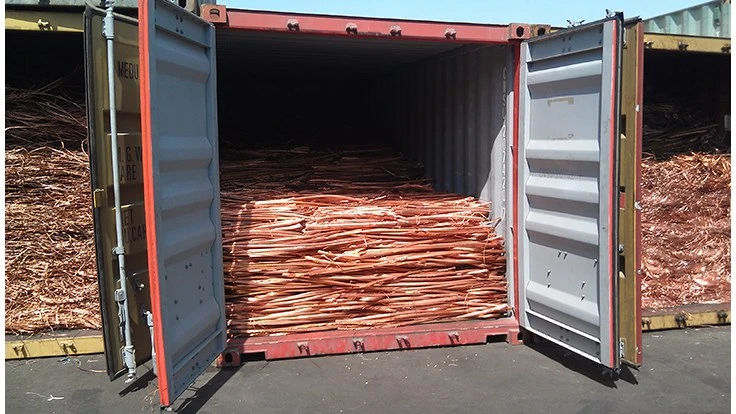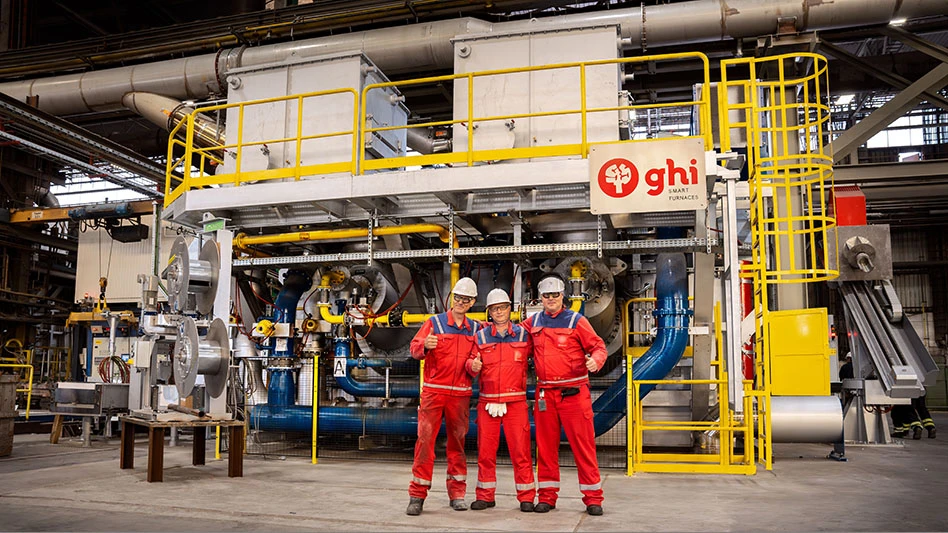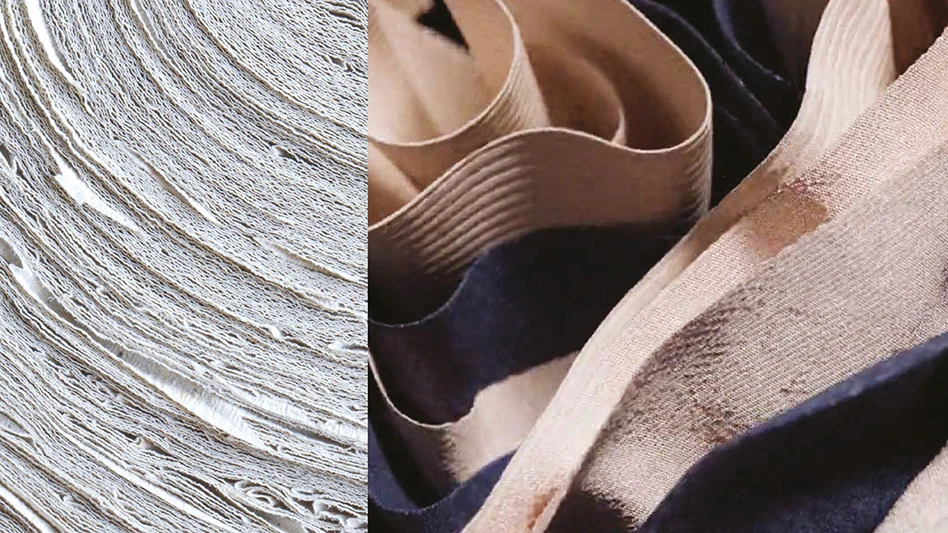
Statistics from China’s General Administration of Customs (GAC) are pointing to substantial drops in imported scrap volumes in January 2018 compared with previous months and years.
Scrap metal shipments into China fell to 490,000 metric tons in January 2018 compared with a volume of 700,000 metric tons the previous month and 660,000 metric tons in January 2017, according to an online report from Reuters.
The January 2018 volume figure, which is down 30 percent from the previous month and 5.7 percent from one year ago, includes aluminum, copper and ferrous scrap. However, as China exported some 2.2 million metric tons of ferrous scrap in 2017, the predominant effect is likely on aluminum and copper scrap shipments.
The copper scrap January 2018 total of 200,000 metric tons was down 27.5 percent from one year ago, according to Reuters.
The drop in volumes is tied to Chinese Ministry of Environmental Protection (MEP) policies to prohibit and restrict many types of imported scrap materials. The actions include an outright ban on some two dozen types of scrap and impending purity levels on others that recyclers contend cannot be met.
According to Reuters, citing the GAC data, when nonmetallic scrap is included, China’s January 2018 import total for scrap materials fell by 50.3 percent compared to January 2017. Import quota licenses issued to scrap paper and plastic buyers have been severely limited.
The GAC statistics show January 2018 imports of scrap paper to China fell by 44.6 percent compared to one year earlier, while imports of plastic scrap dropped by 94.4 percent compared to the previous month.
Latest from Recycling Today
- ReElement, Posco partner to develop rare earth, magnet supply chain
- Comau to take part in EU’s Reinforce project
- Sustainable packaging: How do we get there?
- ReMA accepts Lifetime Achievement nominations
- ExxonMobil will add to chemical recycling capacity
- ESAB unveils new cutting torch models
- Celsa UK assets sold to Czech investment fund
- EPA releases ‘National Strategy to Prevent Plastic Pollution’





